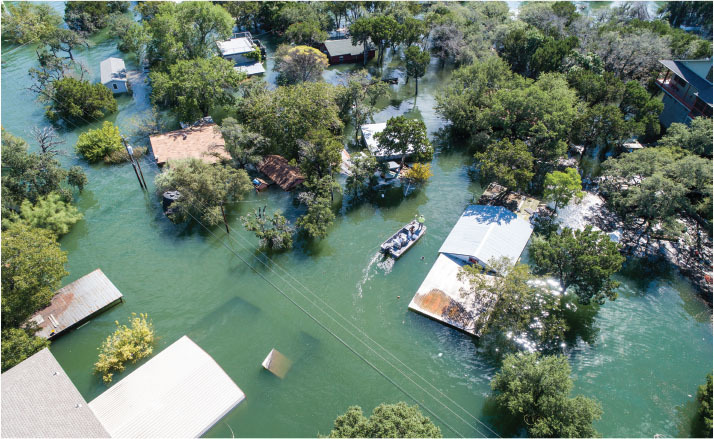May/June 2018
Concepts
PEs Should Pursue Integrated Lifecycle Engineering
BY T. MICHAEL TOOLE, P.E.
 The recent tragedy involving the collapse of a pedestrian bridge under construction in Florida may serve as a powerful example of the need for integrated design and construction that includes professional engineers assessing risks during all stages of a facility’s lifecycle, including during construction.
The recent tragedy involving the collapse of a pedestrian bridge under construction in Florida may serve as a powerful example of the need for integrated design and construction that includes professional engineers assessing risks during all stages of a facility’s lifecycle, including during construction.
While the investigation is nowhere near complete and I have no forensic information beyond what has been communicated through the media, it appears likely that the prefabricated components experienced stresses that were not anticipated during the engineering design of the components.
Within the engineering profession, increased specialization and a desire to manage liability risks in an excessively litigious society have led some engineers to focus on increasingly smaller portions of the entire facility, both in terms of the specific subsystem they design and the portion of the lifecycle explicitly considered in their design. While it is appropriate to insist on contract language that manages risks not under our control, we must not refuse to consider opportunities to help reduce risk to people over the entire lifecycle of the facility, including when a design is being implemented (i.e., during construction), and when the completed facility is maintained and repaired.
A May 2015 article in PE magazine titled “Safety by Design” discussed how major construction site hazards can be eliminated or significantly reduced by engineering decisions made during the design stage. Eliminating unnecessary maintenance hazards through effective design also offers real bang for the buck. Too many maintenance professionals can recount examples of how a design engineer failed to consider how anyone was going to access a valve to shut it off, or to access a blower unit to change an air filter or belt, or to replace a boiler after 25 years without removing the roof or structural steel.
Understanding the risks that may be present over the entire lifecycle of an engineered system requires a design engineer to engage with the professionals who manage the risk associated with each stage. These professionals possess tacit knowledge and relevant technical expertise that many design engineers lack. The best designs are those that have such expertise incorporated into them. In other words, effective design requires an integration of constructability (or manufacturability) and maintainability knowledge.
Increasingly, as we saw in the case of the bridge that collapsed at Florida International University, designing for constructability means enabling portions of the completed facility or asset to be prefabricated then assembled on site. Such prefabrication always saves time and typically also saves money, improves quality or functionality, and reduces total construction hazards. Design engineers who consider prefabrication simply a “means and methods” choice by the contractor need to recognize that prefabrication often allows owner-clients to better achieve the goals of capital projects. As such, client-focused designers will not only secure feedback during the design process to allow prefabrication, but also will be willing to use their technical expertise and analytical tools to manage risks associated with assembling prefabricated components on site.
A necessary first step will be to ensure procurement processes enable the needed collaboration between designers and constructors during design, without inappropriately increasing liability for design engineers.
Regardless of the findings of the investigation, the tragedy should remind NSPE members of the importance of having competent professional engineers anticipating the safety and health risks associated with every stage of a facility’s lifecycle, including design, construction, operations, maintenance, and demolition at the end of the facility’s service life.
NSPE member T. Michael Toole, P.E., is dean of the University of Toledo’s College of Engineering in Toledo, Ohio.


 Volunteering at NSPE is a great opportunity to grow your professional network and connect with other leaders in the field.
Volunteering at NSPE is a great opportunity to grow your professional network and connect with other leaders in the field. The National Society of Professional Engineers (NSPE) encourages you to explore the resources to cast your vote on election day:
The National Society of Professional Engineers (NSPE) encourages you to explore the resources to cast your vote on election day:



